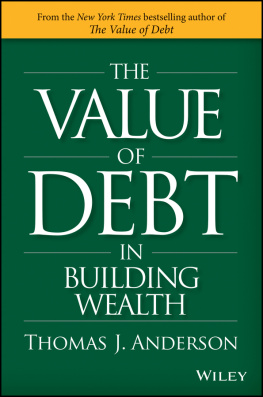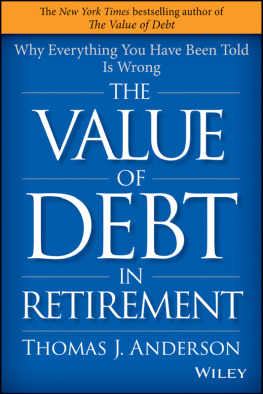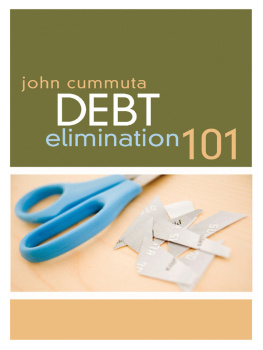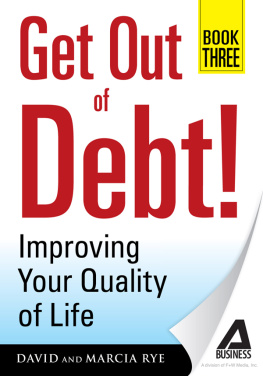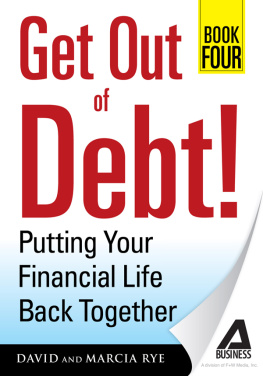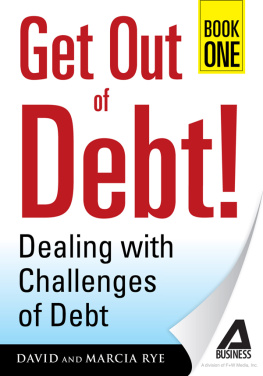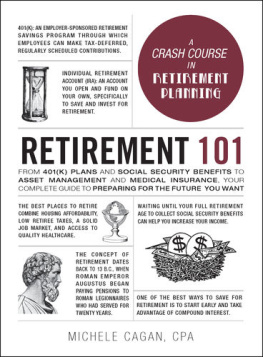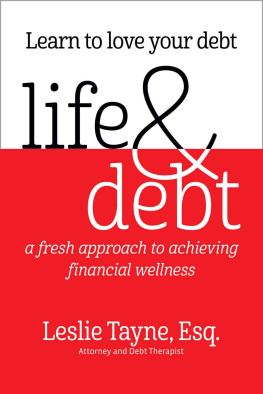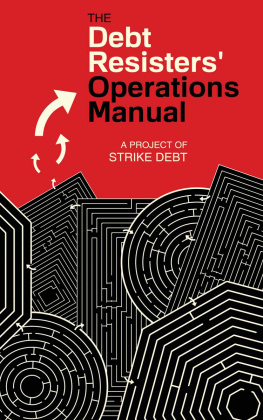
Copyright 2017 by Thomas J. Anderson. All rights reserved.
Published by John Wiley & Sons, Inc., Hoboken, New Jersey.
Published simultaneously in Canada.
No part of this publication may be reproduced, stored in a retrieval system, or transmitted in any form or by any means, electronic, mechanical, photocopying, recording, scanning, or otherwise, except as permitted under Section 107 or 108 of the 1976 United States Copyright Act, without either the prior written permission of the Publisher, or authorization through payment of the appropriate per-copy fee to the Copyright Clearance Center, Inc., 222 Rosewood Drive, Danvers, MA 01923, (978) 750-8400, fax (978) 646-8600, or on the Web at www.copyright.com. Requests to the Publisher for permission should be addressed to the Permissions Department, John Wiley & Sons, Inc., 111 River Street, Hoboken, NJ 07030, (201) 748-6011, fax (201) 748-6008, or online at http://www.wiley.com/go/permissions.
Limit of Liability/Disclaimer of Warranty: While the publisher and author have used their best efforts in preparing this book, they make no representations or warranties with respect to the accuracy or completeness of the contents of this book and specifically disclaim any implied warranties of merchantability or fitness for a particular purpose. No warranty may be created or extended by sales representatives or written sales materials. The advice and strategies contained herein may not be suitable for your situation. You should consult with a professional where appropriate. Neither the publisher nor author shall be liable for any loss of profit or any other commercial damages, including but not limited to special, incidental, consequential, or other damages.
For general information on our other products and services or for technical support, please contact our Customer Care Department within the United States at (800) 762-2974, outside the United States at (317) 572-3993 or fax (317) 572-4002.
Wiley publishes in a variety of print and electronic formats and by print-on-demand. Some material included with standard print versions of this book may not be included in e-books or in print-on-demand. If this book refers to media such as a CD or DVD that is not included in the version you purchased, you may download this material at http://booksupport.wiley.com. For more information about Wiley products, visit www.wiley.com.
Library of Congress Cataloging-in-Publication Data:
Names: Anderson, Thomas J. (Certified investment management analyst)
Title: The value of debt in building wealth / Thomas J. Anderson.
Description: Hoboken : Wiley, 2017. | Includes bibliographical references and index. | Description based on print version record and CIP data provided by publisher; resource not viewed.
Identifiers: LCCN 2016046388 (print) | LCCN 2016058654 (ebook) | ISBN 9781119049258 (pdf) | ISBN 9781119049265 (epub) | ISBN 9781119049296 (hardback)
Subjects: LCSH: Debt. | Loans, Personal. | Finance, Personal. | BISAC: BUSINESS & ECONOMICS / Personal Finance / Money Management.
Classification: LCC HG3701 (print) | LCC HG3701 .A635 2017 (ebook) | DDC 332.024/02dc23
LC record available at https://lccn.loc.gov/2016058654
ISBN 9781119049296 (Hardcover)
ISBN 9781119049258 (ePDF)
ISBN 9781119049265 (ePub)
Cover Design: Wiley
FOR ROWAN, RORY & REID
I love YOU more ;-)
Foreword
Like many Americans, I have a complicated history with debt. In my 20s living in New York City, I spent more than I could afford, borrowing to fill the gap and running up my credit card. I was living above my means, digging myself into a hole of debt with no experience of knowing how hard it would be to climb out.
I couldn't get out of it on my own. Eventually, I met my future wife, and after we married, she pulled me out of my debt with her savingsnot a great way to start a marriage.
Debt also helped me build my wealth. In the mid-2000s, when my wife and I bought our house, we took out the largest mortgage we could afford. What's more, the mortgage we took out was interest only. We had no plans to pay off our mortgage and we never have. Today, the house is worth more than twice as much as it was when we bought it (at least according to Zillow). And that money we saved by not paying down any principal on our mortgage, roughly $8,400 a year, or $96,600 by now has gone, in part, toward renovating the house. We have a new kitchen and a finished basement. Without that savings, we also likely wouldn't have felt comfortable maxing out our 401(k)s and contributing to our kids' college savings accounts.
I'm not sure exactly where I got the idea that it was OK to take out a huge mortgage and go for a home loan thatat least at the timeother people were saying was too risky. But I know at least some of the courage to do so came from Tom Anderson and the conversations we have had over the years, often late at night when we should have been talking politics or sports. We are fellow finance geeks.
A quick disclaimer: I have known Tom Anderson for more than 20 years. We met in college, became quick friends, and have stayed friends ever since.
As unbiased as I can be, Tom is one of the most insightful and original thinkers among the financial planners I have known. And having been a personal finance and investing reporter for a good portion of my career, I have known many.
What you have here is a powerful tool to increase your wealth, lower your stress about your money, and create a happy future. Do the worksheets; they are great. Like me, you may not get all passing grades, but what you will get is a sense of what direction to go and how to get there. And I certainly got a lot more confidence I could get where I wanted to be.
Most personal finance books are really works of pop psychologya bag of tricks to make you feel better about your finances, not actually improve them. Paying off your lowest balance credit card, for instance, instead of your lowest rate credit card, may make you feel better about your finances, but in the long run it will actually make you poorer. And, as Tom shows in this book, having no mortgage or debt might make you feel better, but it may also cut off your best path to wealth.
Tom lays out how to move into a better financial position without needing any tricks.
Tom does make one point in the book I would quibble with: He says that stock market valuations are so high, and the prospects for growth are so low, that U.S. markets in general are likely to disappoint. I have a more optimistic view of U.S. market growth. But we always engage in friendly debate and, in the end, he is rightnone of us knows the future. Even if interest rates stay low for longer than expected and stock market returns are better than expected, that makes now an even better time to follow Tom's advice on how to convert debt into equity on your own personal balance sheet.
What you have in front of you is a true gift: A powerful guide to your financial future at the exact right time in history when the advice it has to give is most likely to generate the biggest reward. Use it wisely.
Stephen Gandel
Deputy Digital Editor, Fortune Magazine
September 30, 2016
Acknowledgments
It is with deep and sincere gratitude that I want to recognize the Museum of Science and Industry in Chicago. While standing at an exhibit on the Fibonacci sequence, the golden ratio and balance in art, life, music and nature, a wave of inspiration came over me. It took much longer than I would have anticipated to take the initial inspiration and turn it into a specific and actionable plan, but it never would have happened without that special trip to the museum. I also want to thank the Adler Planetarium, which serves as a constant source of inspiration. I am a finance nerd who knows virtually nothing about art or science, but the museums of Chicago are my templesmy life would be incomplete without you.
Next page
